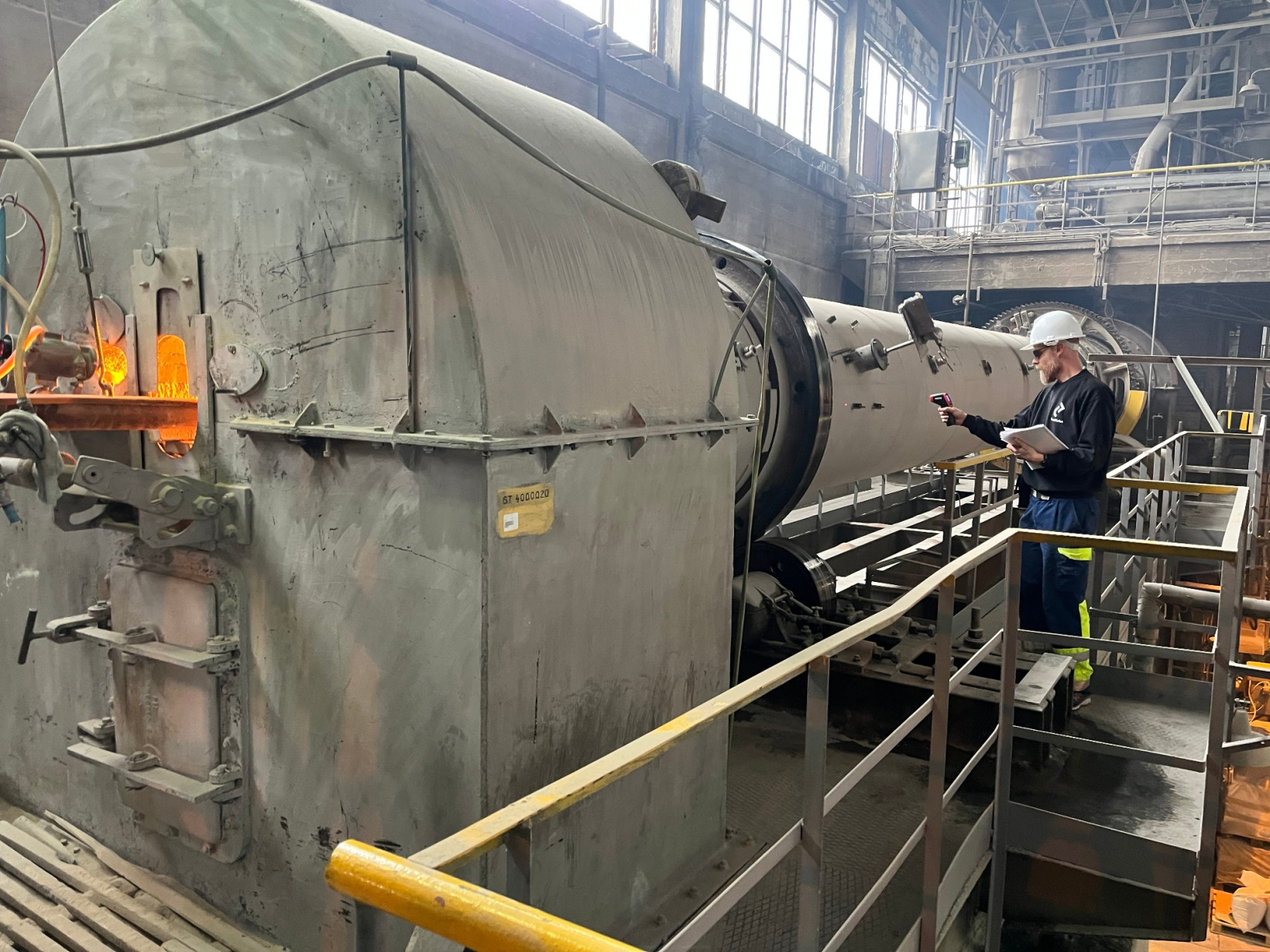
[ad_1]
Concrete — a mixture of cement, sand, and water — is the second most used material on Earth after water. Ton-for-ton, more of it is laid down every year than steel, wood, plastics, and aluminium combined. Problem is, cement production emits 8% of global CO2 — four times that of air travel.
Swedish startup Cemvision has devised a cement making process that utilises by-products from industries like steel and mining instead of fresh limestone, resulting in a circular, cleaner alternative.
“We’re on track to producing cement that emits 95% less carbon than traditional methods while remaining just as strong and potentially even faster-drying,” Oscar Hållén, CEO of Cemvision, told TNW.
When limestone is heated in a kiln, calcium carbonate breaks down into calcium oxide and carbon dioxide. Around 60% of the cement industry’s total emissions are a result of this process. By using certain industrial by-products, like slag from steelmaking, Cemvision sidesteps this chemical reaction entirely.
The other 40% of cement’s emissions come from the energy needed to superheat limestone in a kiln. Today most kilns are powered by coal, oil, and natural gas. In the EU, some even burn rubbish.
Cemvision’s demo plant in Poland, which came online in mid-2023, produces 4,000 ton of cement a year and is powered by biofuel. The startup is currently developing a kiln that runs on (mostly renewable) electricity at its lab in Stockholm. Because the industrial waste it uses can be processed at lower temperatures, Cemvision needs much less energy overall to produce its cement.


In a vote of confidence for its potentially game-changing technology, Stockholm’s Cemvision has secured €10mn in what it claims to be the most seed funding ever raised by a green cement startup.
“This investment will move us into the next phase of growth, which includes refining our technology, securing new customers, and growing our team,” said Hållén. In December it signed up its first client, Swedish mining giant LKAB.
Hållén says that with incoming regulations like the EU’s Carbon Border Adjustment Mechanism, which takes effect in 2026, the industry is feeling the pressure to clean up its act. Cement users are also demanding greener options.
Hållén also says that the company’s cement can simply “drop-in” to existing infrastructure, enabling rapid adoption. Moreover, its product is just as strong and durable as normal cement.
Unlike most green cement startups which partner up with bigger cement companies to bring their product to market, Cemvision is looking to sell directly to consumers. This could be construction companies, renewable energy developers — basically any industry that uses cement. Globally, that market is worth around $400bn, so there’s plenty of room for growth.
“Cemvision’s potential is nothing short of extraordinary — it’s poised to lead the net-zero cement game,” said Juan Nieto, general partner at US-based Zacua Ventures, a construction-tech focussed VC that co-led the seed round alongside Polar Structure and Backing Minds.
“With a top-notch team bringing serious industry chops and a fresh take on decarbonisation of cement, they’re primed to shake things up big time,” Nieto added.
Cemvision was founded in 2020 by Claes Kollberg, Paul Sandberg, and Marcus Olsson, all with a background in the cement industry. In 2022, the startup secured €2.5mn in a pre-seed round led by Bill Gates’ Breakthrough Energy Ventures, Norrsken, and EQT.
[ad_2]
Source link





